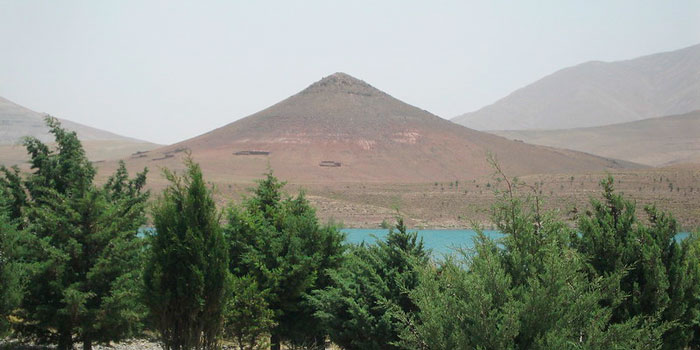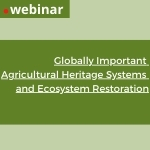Oases System in Atlas Mountains, Kingdom of Morocco
GIAHS since 2011

In the High Atlas of Morocco, the local communities have to face extreme climatic conditions to survive. Despite the scarce water resources, farmers have succeeded in creating adapted systems not only to get food but also to get all the necessary products to survive in this area. Far from the cities, these communities are mostly self-sufficient to afford to their needs and have kept their main cultural traits.
Their system integrates at the same time vegetable, cereal and fruits production with pastures for animals through crops rotation and agroforestry techniques. The whole system is organized with a remarkable water management: local communities have built a hydraulic system and use techniques such as the one called khettara consisting in draining the aquifer through tunnels by gravity.
This system has been maintained through generations with a strong cultural aspect and a social organization based on this rural way of life. Besides, local communities are trying to preserve centuries of knowledge and techniques such as traditional medicines, architecture, etc. The cold oases of the Eastern Atlas have shaped the landscapes into unique places. Thanks to their knowledge and their care to the conservation of soil and water, local communities are the custodians of the Mountains.
Webinars
GIAHS site representatives from China, Japan, Peru, Morocco, Spain and Tanzania shared their experiences and challenges on the sustainable use of natural resources as well as the types and functions of their ecosystem services. They explored how GIAHS can contribute to the objectives of the UN Decade on Ecosystem Restoration.


